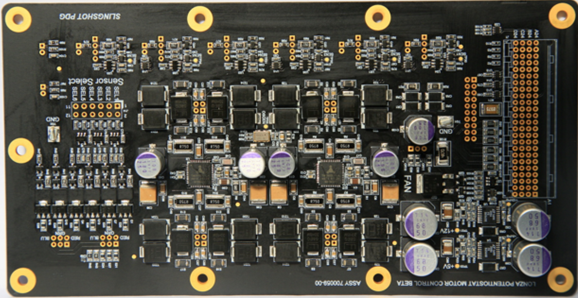1. The purpose of PCBA rework process
1. Solder joint defects such as open circuits, bridges, false soldering and poor wetting generated in reflow soldering and wave soldering processes need to be repaired manually with the help of necessary tools (such as: BGA rework station, X-ray, high-power microscope) After removing various solder joint defects, qualified PCBA solder joints can be obtained.
2. Repair soldering missing components.
3. Replace the sticking position and damaged components.
4. There are some components that need to be replaced after the single board and the whole machine are debugged.

5. Repair the whole machine after leaving the factory.
Second, the solder joints that need to be repaired
How to determine the solder joints that need to be repaired?
1. Electronic products should be positioned first
To determine what kind of solder joints need to be repaired, you should first locate the electronic product and determine which level of product the electronic product belongs to. Level 3 is the highest requirement. If the product belongs to Level 3, it must be tested according to the highest level of standards, because Level 3 products are based on reliability as the main goal; if the product is Level 1, follow the lowest level standard.
2. It is necessary to clarify the definition of "good solder joints".
A good SMT solder joint refers to a solder joint that can maintain electrical performance and mechanical strength in the use environment, method and lifespan considered in the design. Therefore, as long as this condition is met, it is not necessary to rework.
3. Measure with IPCA610E standard. It is not necessary to use the soldering iron to rework if the conditions of acceptable level 1 and 2 are met.
4. Detect with IPC-A610E standard, defect level 1, 2 and 3 must be repaired
5. Use IPCA610E standard for testing. Process warning level 1 and 2 must be repaired.
Process warning 3 refers to conditions that do not meet the requirements. But it can also be used safely. therefore. In general, process warning level 3 can be treated as acceptable level 1, and repairs are not required.
3. PCBA repair and rework process requirements
In addition to meeting SMC/SMD manual soldering process requirements 1-7, add the following 3 requirements when disassembling SMD devices, you should wait until all pins are completely melted before removing the device to prevent damage to the coplanarity of the device.
Four, rework precautions
1. Don't damage the pad
2. The availability of components. If it is double-sided welding, a component needs to be heated twice: if it is reworked once before leaving the factory, it needs to be heated twice (disassembly and welding are heated once): if it is repaired once after leaving the factory, it needs to be heated again twice. According to this calculation, it is required that a component should be able to withstand 6 times of high temperature welding to be considered a qualified product. Therefore, for high-reliability products, components that may be repaired once cannot be used again, otherwise reliability problems will occur
3. The component surface and PCB surface must be flat.
4. Simulate the process parameters in the production process as much as possible.
5. Pay attention to the number of potential electrostatic discharge (ESD) hazards. 1 The most important thing for rework is to follow the correct welding curve.